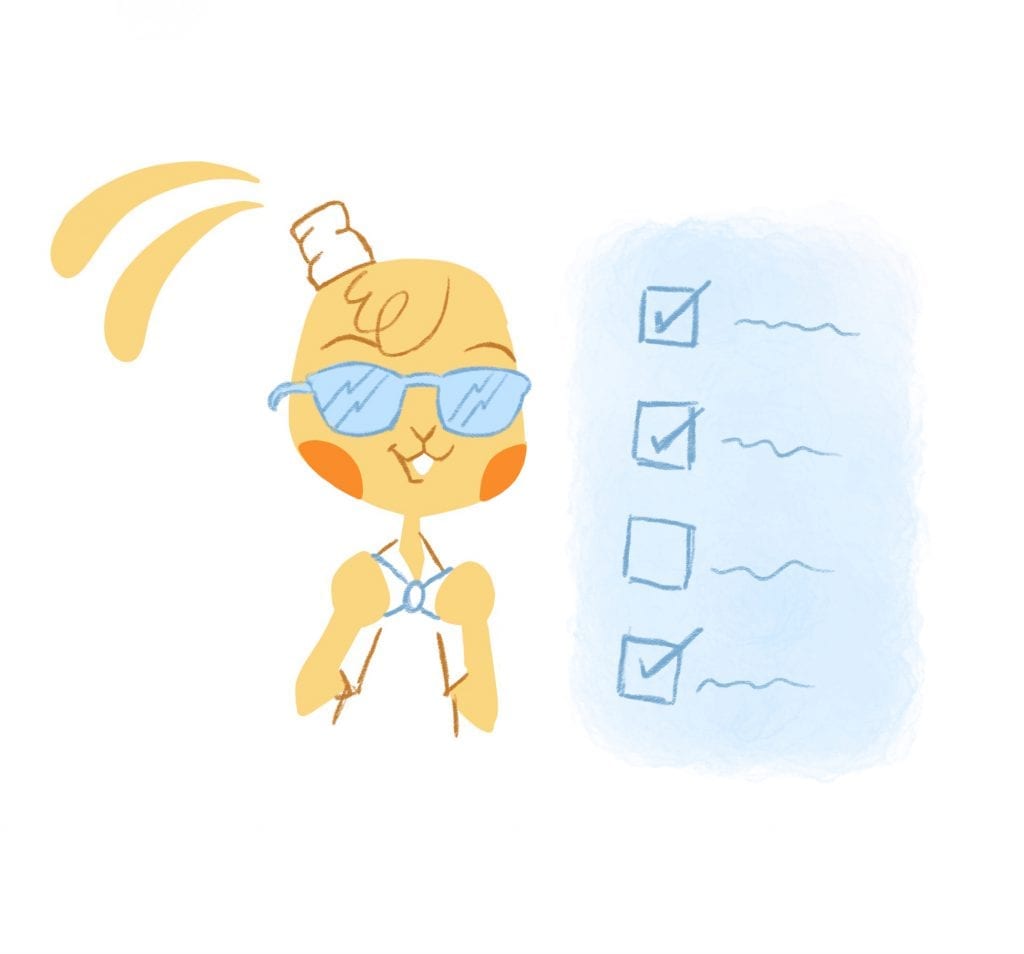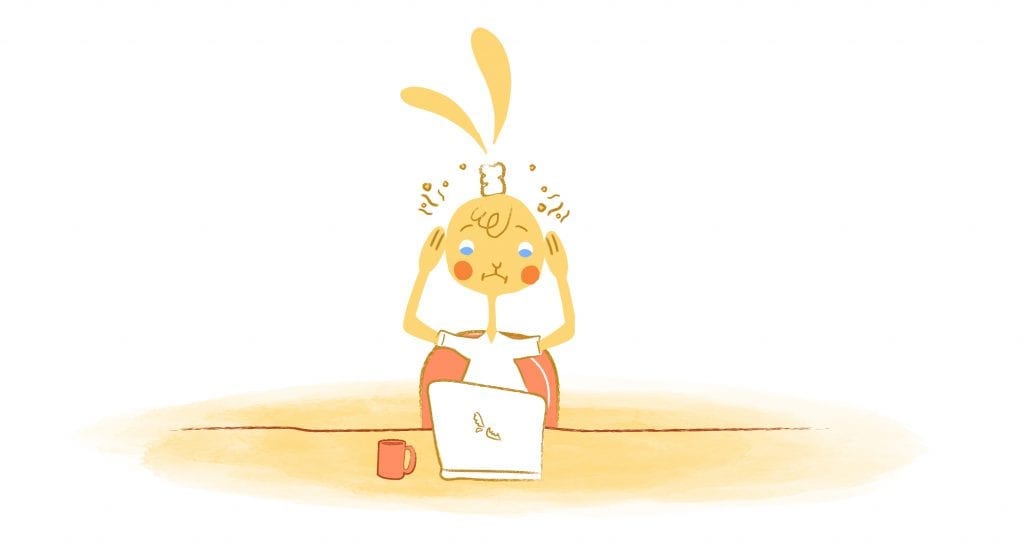

Work-life balance is a trending topic in today’s world, particularly as companies aim to provide more flexible workplace environments. The pandemic instilled the idea and action of an “always available” mindset where workers felt compelled to respond to emails at all times of the day. This mindset has crept into the post-pandemic world, particularly as many companies have moved to a remote or hybrid workplace.
A healthy work-life balance looks different for everyone. Some may prioritize spending time with their kids after school, being there for the nightly bedtime routine. Others may focus on squeezing in a workout during their lunch hour to take a screen break before settling down for the afternoon. No matter what balance looks like to you, utilizing your digital calendar can help you establish your priorities. Listed below are four calendar strategies that can assist you in balancing work’s requirements and life’s pleasures.
1. Merge Your Calendars
Juggling multiple digital calendars is a disaster waiting to happen! Having too many calendars can lead you to overbooking yourself and having to reschedule or miss important events. Merging your personal and your work calendars ensures everything is in one place. You’ll have a clear sense of what your day looks like without having to switch from one calendar app to another. This is a more time-efficient, convenient way to make appointments for tomorrow or two months from now.
When merging your personal and work calendars, you’ll want to adjust some of your privacy settings. Not everyone on your team needs to see that your child has a doctor’s appointment at 3 p.m. next Thursday. Enabling free/busy settings is one way to keep your personal life personal, letting you see your appointments without others knowing.
Microsoft Outlook, Google Calendar, and Apple Calendar all have the free/busy setting option. Microsoft Outlook users can turn this setting on under the Calendar Options tab in Preferences. If you use Google Calendar, this setting may already be turned on as a default, but you can double-check within the main calendar settings. And Apple Calendar users can flip this feature on in General Calendar Settings.
2. Block Time
You must be proactive about blocking time to provide more balance in your day. Time blocking is a time management tool that puts you in control of your schedule. You set aside specific chunks of time for specific tasks or appointments. Time blocking is often referenced in terms of working on work-related tasks. For example, if you need heads-down time for a project, you’ll block a chunk of time for you to work on it without interruption.
However, time blocking can also be used to achieve a better work-life balance. If you continually miss lunch day due to meetings, you block 30 minutes each day for you to grab food and eat. If you have a vacation coming up, you block off the time so your team knows you won’t be available. They can then schedule around your vacation before you leave so you don’t feel like you need to be checking emails while lying on the beach.
If you’re a leader or manager, utilizing time blocking also demonstrates to your direct reports that you value your personal life. You don’t expect them to work around the clock, and neither do you. If you set a time block, be sure to stick with it. If you keep bypassing it or allowing others to schedule meetings during it, it can send the wrong message to your team. Prioritizing your mental health means stepping away from the laptop and taking a physical break.
3. Turn off Notifications After Working Hours
Imagine this scenario: You’re sitting down to dinner with friends at a restaurant, and your phone buzzes. You received a reminder about a project due tomorrow. While this reminder is usually helpful, it also puts you back into the work mindset. Instead of joining in on the conversation with your friends, you’re considering whether your teammate is also aware of the deadline. You send them a quick Slack reminder, and you’re officially back at work.
Turning off certain notifications after working hours can help you achieve a better work-life balance. You’ll be able to focus more on resting and recharging when your phone isn’t constantly pinging. Since you’re most likely receiving these notifications on your mobile device, start by silencing them there.
Apple iPhone users can go to the Settings icon and click “Do Not Disturb.” From there, switch to the Scheduled option and select the times of day when your phone will remain silenced. You can allow calls and text messages from certain people, like a partner or child, without opening it up to your colleagues. Android users can go to Settings and then Sound. Then, click on Disturb and Schedules to set up a Do Not Disturb schedule.
You may not always want your phone to be on Do Not Disturb. If so, you can silence notifications on specific work apps. For example, you can disable Slack messages from appearing on your phone and Microsoft Teams and Facebook Messenger conversations. Go to Settings in these individual apps to silence notifications and start truly enjoying your recharge time.
4. Be Diligent About Updating Your Calendar
They say, “A man is only as good as his tools.” This couldn’t be more true when it comes to your calendar. Without keeping it updated, your calendar won’t truly reflect what is happening in your life. You’ll find that teammates are scheduling meetings when you aren’t really available or that you’re missing events because you double-booked yourself.
Your calendar will change day-by-day, and staying on top of it is crucial to your work-life balance. When you’re at the dentist’s office making your next cleaning appointment, add it to your digital calendar immediately. There’s little chance that you’ll remember six months from now when you scheduled it. The same goes for any post-work event, dinner, or celebration. When you and your family are scheduling your niece’s birthday dinner, note it in your merged calendar.
Having an up-to-date calendar won’t only keep you more organized, but it will also help your colleagues. They’ll be able to see when you are free and when you aren’t, meaning they won’t need to reschedule on your behalf. Your calendar is a reflection of your schedule as well as your daily routine. Some events, like your favorite Monday evening yoga class, will be recurring, while others will be one-off meetings and events. Having an up-to-date calendar will help you stay on task and meet deadlines, allowing you to enjoy your downtime at the end of each workday.
Takeaways
Life is way more than your 9 to 5 job. While you may love what you do, it’s important not to live solely for your work. Creating a balance between your job and your livelihood isn’t easy. It’s normal to feel pulled in too many directions. At times, you may feel obligated to work late into the night or attend dinner after a stressful day at the office. Setting boundaries to focus on you and your needs is essential; your calendar can help you achieve them.
Using your calendar as a tool for how your day will go is the first step in creating boundaries that stick. If the hour you spend at the gym during lunch is important to you, don’t let anyone else schedule you during that time. Set a boundary saying that you can meet before or afterward but that lunchtime hour is essential for your physical and mental health. If you need to pick up the kids early on Fridays, ensure your team knows this by adding a note to the shared team calendar. When everyone knows you prioritize your personal needs, they’ll feel more comfortable doing the same.
Featured Image Credit: Wesley Davi; Pexels; Thank you!











Abby Miller
Student at UC Berkeley, currently working on a degree in Electrical Engineering/Computer Sciences and Business Administration. Experienced in CSX, productivity management, and chatbot implementation.